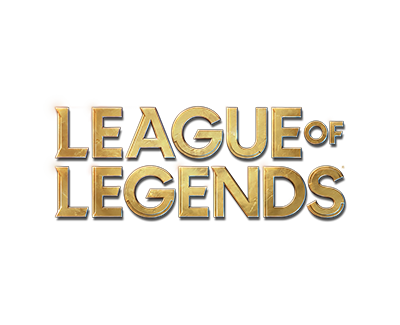Very insightful read. The big findings are that engagement could be significantly increased if the more information on the outcome of the match was given within the first two minutes of the game, while the rest of the game save for the final minutes was less impactful. It also finds that players dislike surprises, and both winners and losers are more engaged when they are behind.
Now the question is what changes could be made to the game to make it closer to the theoretical optimal game?
The first 2 minutes of the game is actually wild.
It also finds that players dislike surprises; i.e large swings in expected win probability over a short time and both winners and losers are more engaged when they are behind.
This makes me think Riot will do something about smite steals. It can feel kinda random and it can completely flip a game on its head.
In general, I think smite steals are a problem anyway. This is a deep strategy and it feels a bit silly that whatever happened in the past 20 minutes beforehand is kind of “undone” by a smite steal that can be a bit circumstantial and chaotic.
#Abstract:
A large fraction of people’s time is spent in leisure, but little economic research has been devoted to this topic. Video gaming constitutes a large part of leisure activity especially among young adults and we apply insights from behavioral economic theory to analyze the role of beliefs on players’ engagement with video games. Using detailed minute-by-minute data on 2.8 million matches from the popular video game League of Legends, we estimate a model of player engagement as a function of the path of their beliefs during the match. Consistent with reference-dependence and loss aversion but contrary to some models of anticipatory utility, lagging behind the opponent throughout the match increases engagement. This is true whether the player wins or loses, but the effect is substantially larger for losers. Players are more engaged when held in suspense throughout the match and dislike when surprises are actually realized. Winners prefer to have experienced many small positive surprises throughout the match, whereas losers would prefer fewer large negative surprises. We also find evidence in favor of flow theory: players engage more when they face a challenge but not when the match is too hard or too easy. We then leverage our estimated model to inform game design. We find that optimizing the information revelation process could substantially increase player engagement: the average effect is 40 99% as large as the effect of making a losing player feel like a winner.
#Who:
Ashvin Gandhi^1 (BA in mathematics and economics from Pomona College and a PhD in economics from Harvard University.), Paola Giuliano^1 (an economist and currently the Chauncey J. Medberry Chair in Management at the University of California, Los Angeles), , Eric Guan2, Quinn Keefer3, Chase McDonald4, MichaelaPagel5, and Joshua Tasoff
^1 UCLA & NBER ^2 Riot Games ^3 CSU San Marcos ^4 Carnegie Mellon University ^5 Washington University in St. Louis, CEPR, & NBER ^6 Claremont Graduate University
#DATA:
We obtained a proprietary data set from Riot Games that contains information on 2,882,101 gamesfrom the North American server from March 1, 2018 to August 1, 2018. The data are observationaland there were no experimental interventions conducted by the researchers. In addition to game-specific data such as date and time, we also observe information for each player such as their chosenchampion and rating. We are able to observe detailed minute-by-minute game-state variables atthe player-level. For example, we observe the minute-by-minute accumulation of gold and XP foreach player and their position on the map. As a result, the data contain 28,009,918 observationsat the player-game level, approximately 97 million observations at the minute-game level, andapproximately 960 million observations at the player-minute-game level. The data constitute arepeated cross-section, as players may appear multiple times in the data. However, we are unableto construct a panel dataset, as we do not have player account identifiers. Player records do notcontain any personally-identifying information

